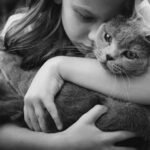Cats, whether wild or domestic, have long been subjects of intrigue because of their mysterious natures and unique behaviors. While both big cats and domestic cats share a common ancestry, their ways of communication have evolved significantly based on their environments and social structures. Understanding these differences provides insights into their lifestyles, behaviors, and interactions with humans and other animals.
Vocalizations: Roars versus Meows

One of the most apparent differences in communication between big cats and domestic cats is their vocalizations. Big cats, like lions, tigers, and leopards, have the ability to roar due to a specialized larynx and hyoid bone structure. This roar can travel over great distances, serving as a powerful tool for communication in the wild. In contrast, domestic cats have adapted to produce a variety of more subtle vocalizations, such as meows, purrs, and chirps, which are often used to communicate with humans rather than other cats.
Body Language: Size and Expressions
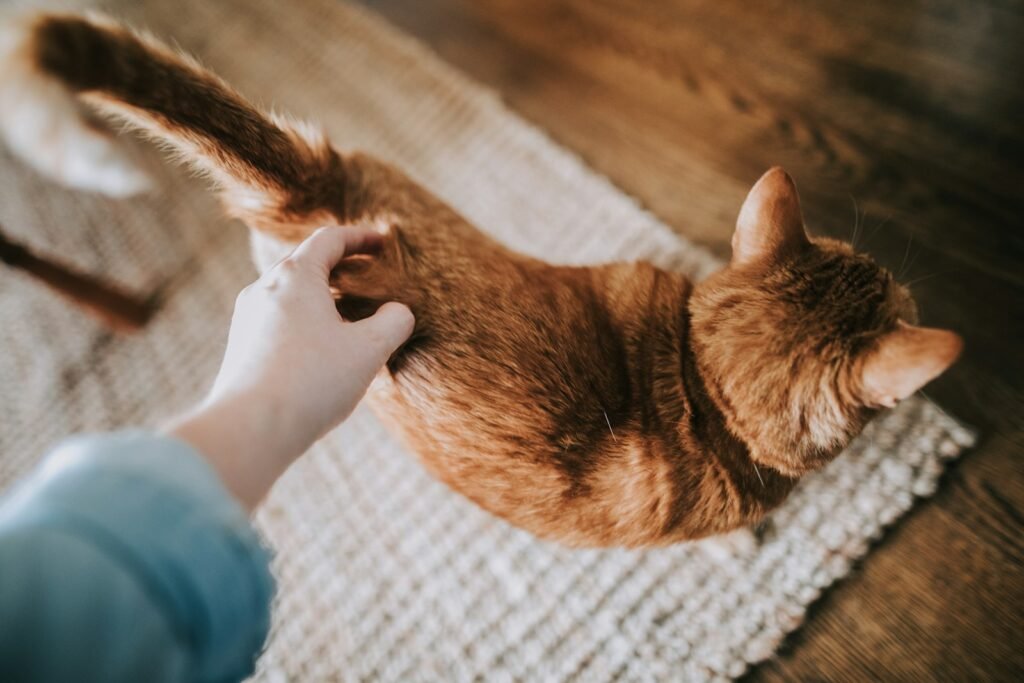
Body language plays a crucial role in feline communication. Big cats use their size advantage to convey dominance or submission, often through postures or movements like standing tall or crouching low. Domestic cats, more reliant on subtle cues due to their smaller size, often use tail positions, ear orientations, and whisker movements to express their intentions and emotions.
Scent Marking and Territory
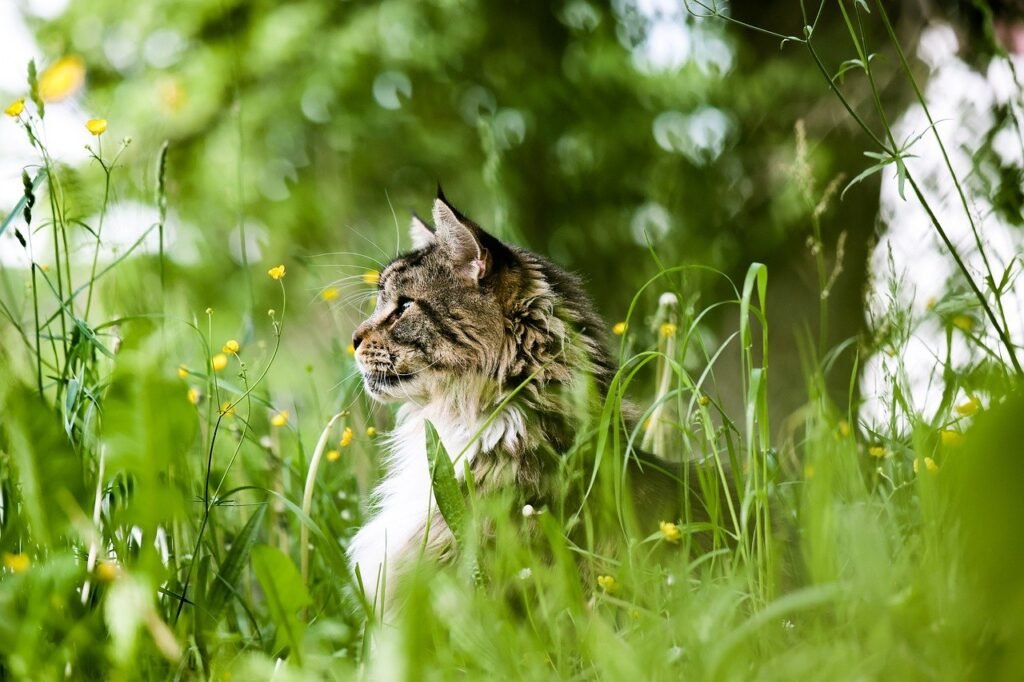
Scent marking is another important aspect of communication for both big and domestic cats. Big cats have vast territories, which they mark with urination, scratching, and glandular secretions to signal presence and dominance to other animals. Domestic cats also use scent marking, often on furniture or doorways, to establish their presence and boundaries within a smaller space.
Facial Markings and Visual Signals
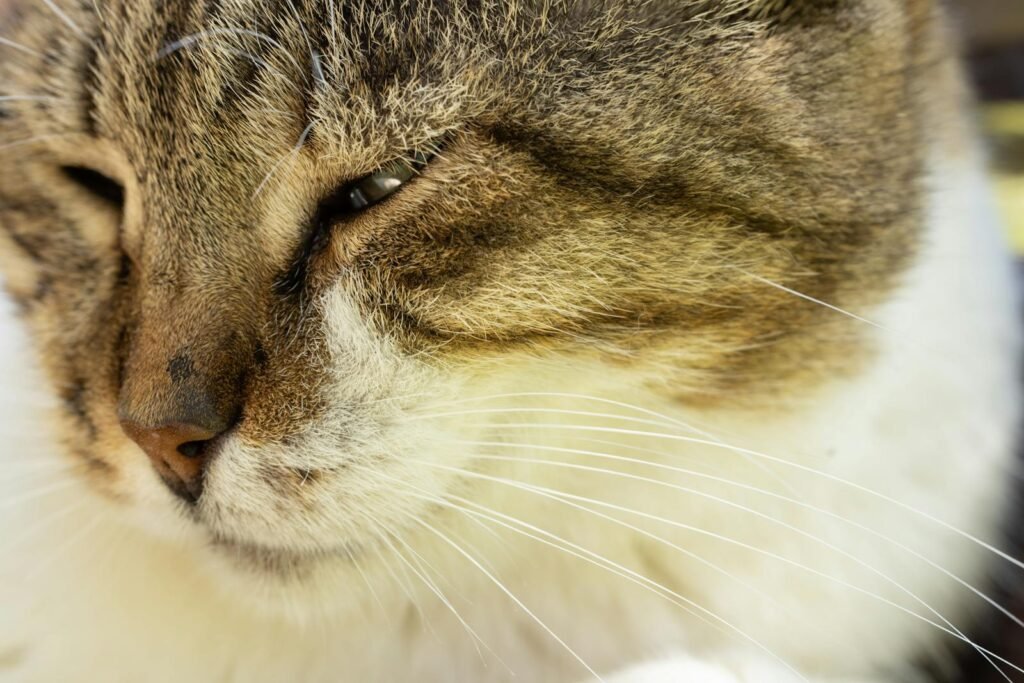
In both big and domestic cats, facial markings serve as visual signals that can communicate different messages. For example, the pattern on a tiger’s face can help in identification from afar. Domestic cats, while having less distinct facial patterns, use their facial expressions, such as slow blinking, to communicate trust and affection with humans and other animals.
The Role of Purring
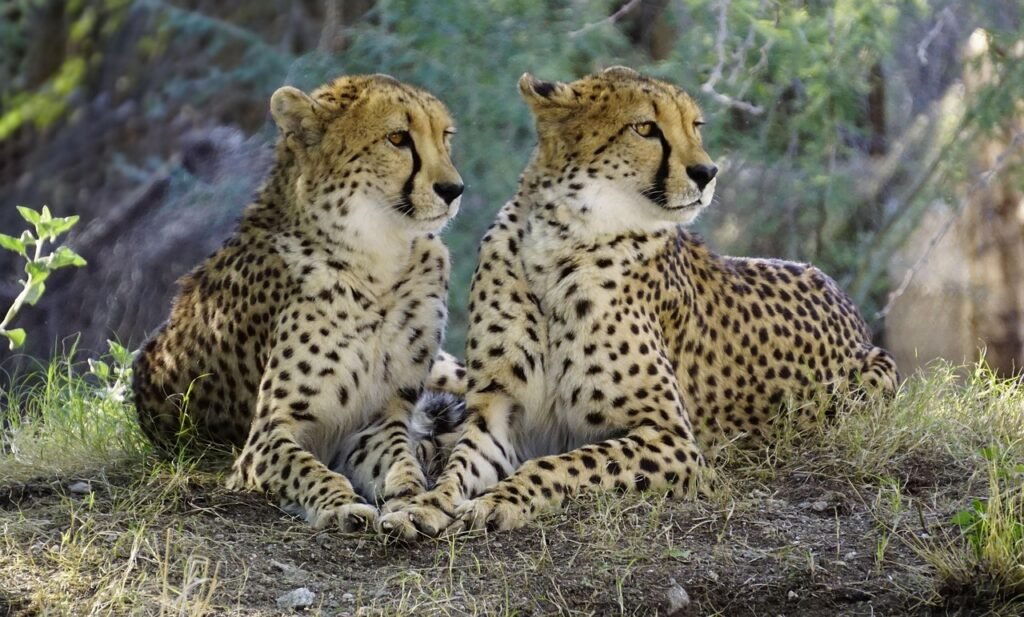
Purring is predominantly a domestic cat trait, although certain big cats, like cheetahs, can purr as well. For domestic cats, purring often signals contentment but can also be used for self-soothing during stressful times. This multifaceted form of communication underscores the complexity of feline emotions and social interactions within domesticated environments.
Gestures and Physical Contact
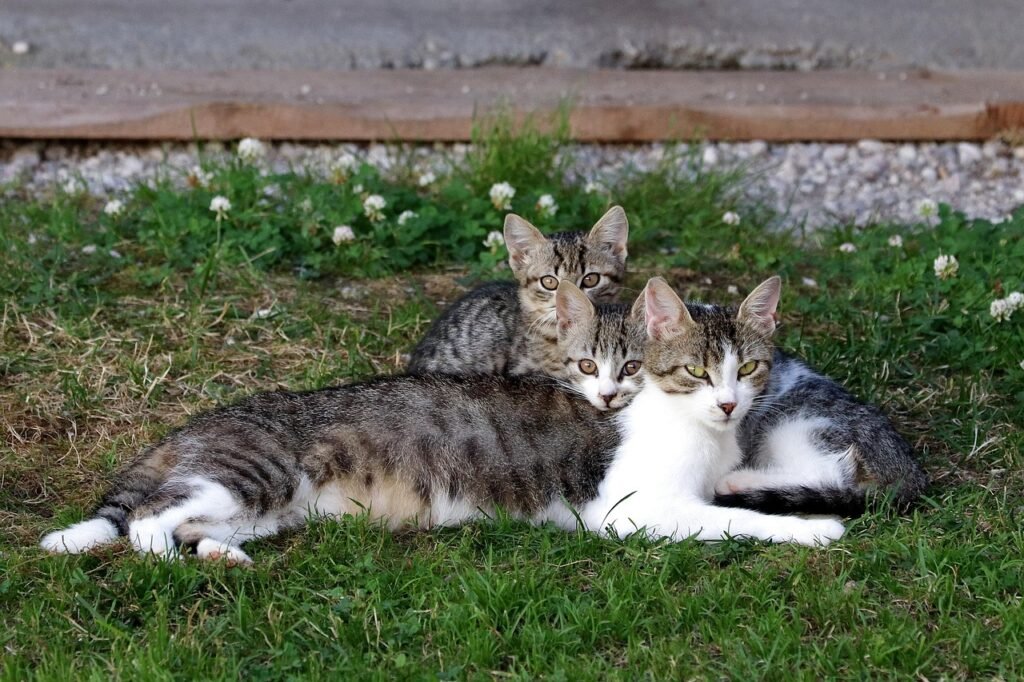
Both big and domestic cats use physical gestures to communicate, though the context and frequency can differ significantly. Big cats might show affection or assertiveness through nuzzling and grooming, behaviors that help strengthen social bonds. Domestic cats use similar gestures more frequently, often rubbing against humans or other animals to show affection and mark them with their scent.
Chemical Communication and Pheromones
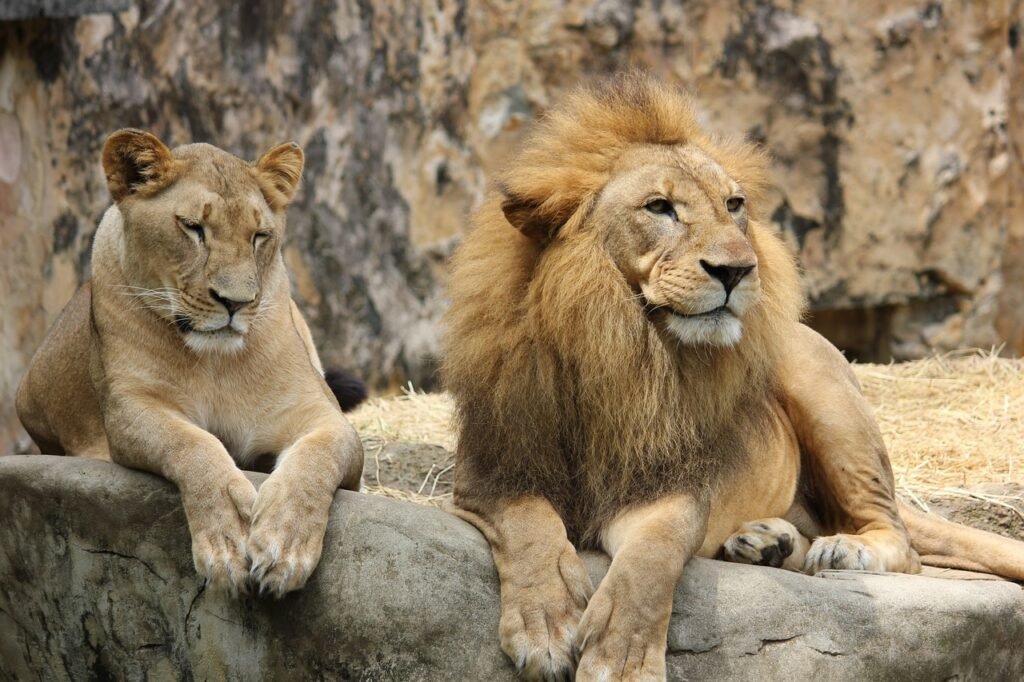
Pheromones play a crucial role in feline communication, influencing behaviors such as mating and territory marking. Big cats release pheromones to signal reproductive status and territorial boundaries. Similarly, domestic cats have scent glands around their face, paws, and tail, which they use to communicate various emotional states and territorial claims to other animals and humans.
Social Structures and Communication
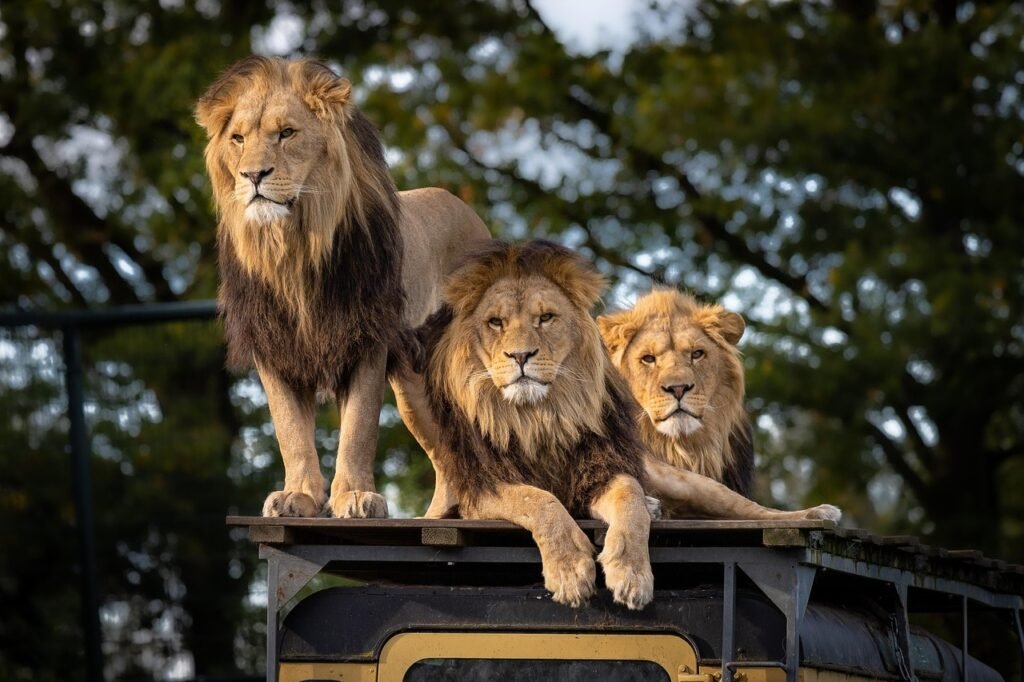
The social structure of a species heavily influences its communication style. Lions, for instance, live in prides and thus have a rich communication system that includes vocalizations, grooming, and group roars to maintain social cohesion. Domestic cats, often more solitary, have less complex social systems and instead focus their communication more on human interaction and lone survival skills.
Learning and Adaptation in Communication
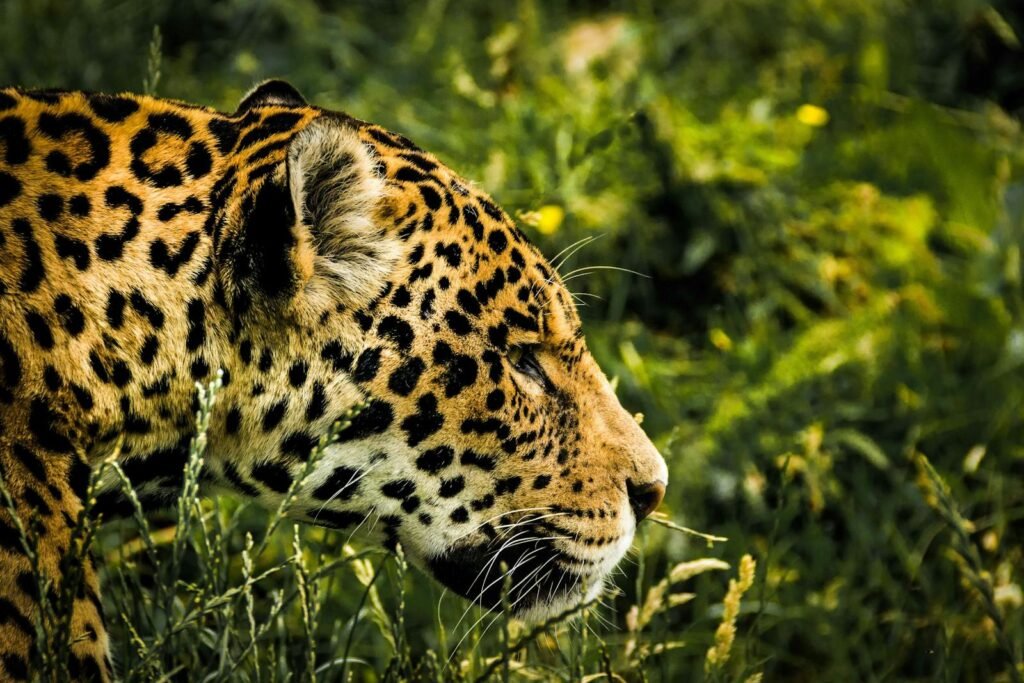
Both big cats and domestic cats exhibit remarkable adaptability in their communication strategies. Big cats learn and adapt behaviors suited for survival in their specific environments, such as stalking silently or communicating when necessary to avoid confrontation. Domestic cats, however, have adapted to human cues; many mimic human speech patterns or gestures to engage with their human companions effectively.
Interaction with Humans: A Unique Dynamic

Domestic cats have evolved alongside humans, refining their communication skills to better interact with their two-legged companions. They have developed specific vocalizations, such as meows and purrs, that are reserved primarily for human interaction. In contrast, big cats, while capable of forming bonds with humans in captivity, do not rely on human interaction and communicate primarily through wild instincts.
In conclusion, while big cats and domestic cats share a genetic lineage, their communication styles have diverged significantly due to their differing environments, social needs, and interactions with humans. Understanding these differences enriches our appreciation for these majestic creatures and helps us better care for the feline companions who share our lives.
Hi, I’m Bola, a passionate writer and creative strategist with a knack for crafting compelling content that educates, inspires, and connects. Over the years, I’ve honed my skills across various writing fields, including content creation, copywriting, online course development, and video scriptwriting.
When I’m not at my desk, you’ll find me exploring new ideas, reading books, or brainstorming creative ways to solve challenges. I believe that words have the power to transform, and I’m here to help you leverage that power for success.
Thanks for stopping by, Keep coming to this website to checkout new articles form me. You’d always love it!




